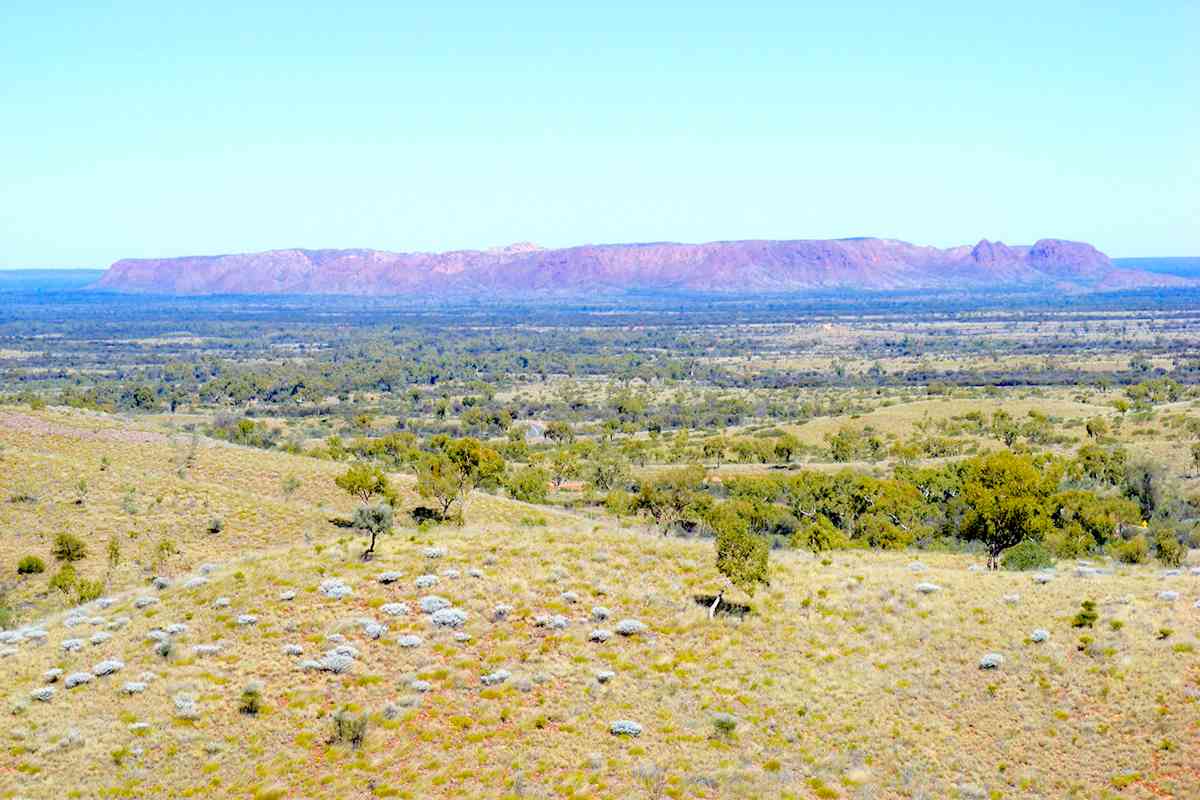Apropos of nothing really, but I am totally fascinated by meteorite craters.
Most junk entering earth’s atmosphere from space is dust or tiny pebbles which burn up before they reach the ground. These are meteors and are seen as ‘shooting stars’, visible in the sky every night.
But some of this junk may be large chunks of rock or ice that are big enough to reach the surface. These are asteroids or comets and become ‘meteorites’ that hit our planet with an amazing force, resulting in an explosion of energy that results in impact craters.
Australia has about 30 authenticated impact sites but only a few of these craters are actually visible on the surface. Because this land is so dry, many of our geologically recent craters remain in pretty good condition.
Many craters have only been ‘discovered’ recently but of course they have been known to Aboriginal people for countless generations. These days, most new findings are by mineral and petroleum exploration and are often only revealed by magnetic or geologic disturbances deep underground.
Why am I amazed by these craters?
They seem to be located in fairly remote areas, so they are extremely quiet and peaceful places to visit. But you do reflect on the sheer and awesome explosive power that created these stunning and magnificence craters.
These are some that I have seen so far on my travels
Gosses Bluff, Central NT
The local Aboriginal name for the formation is Tnorala (pronounced nor-u-lu). The impact of an asteroid or comet took place here around 142 million years ago.
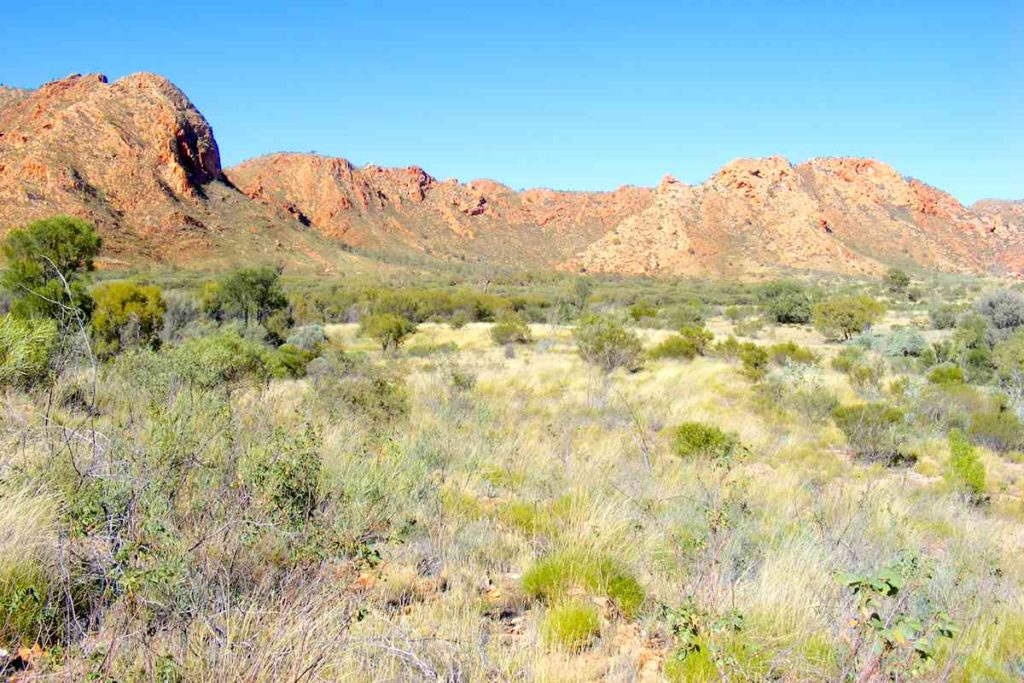
The original impact crater was a massive 22km in diameter but the top 2-3 kilometres of earth has been eroded away over the ages.
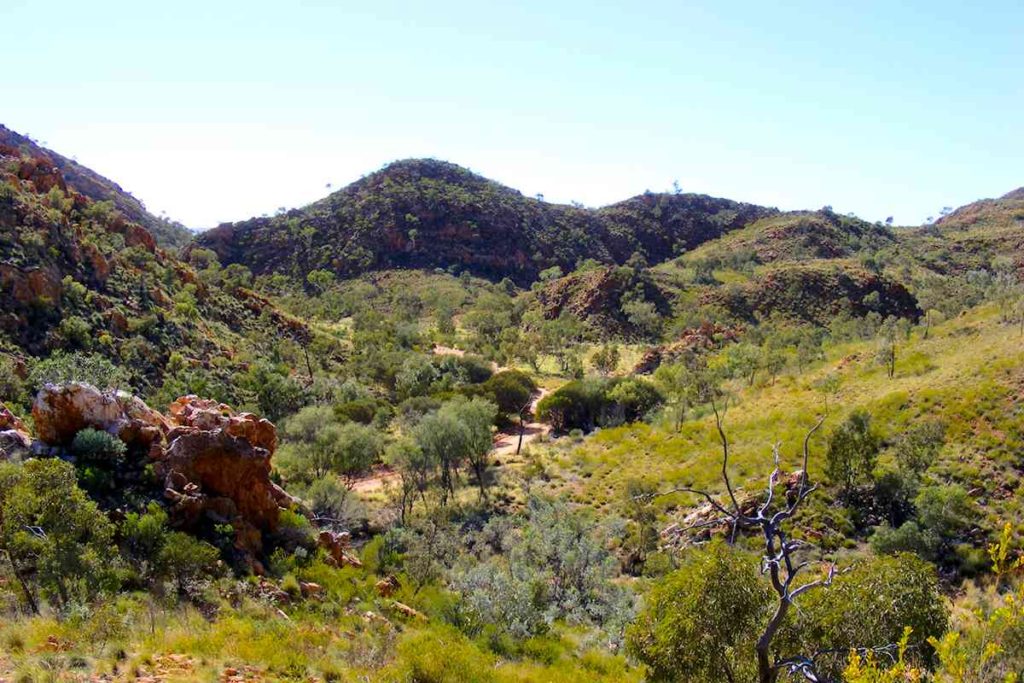
Today, the high hills visible are probably rocks that were originally deep underground and were pushed upwards in the centre of the crater by the massive impact. These form a ring around 5km in diameter and up to 200 metres in height.
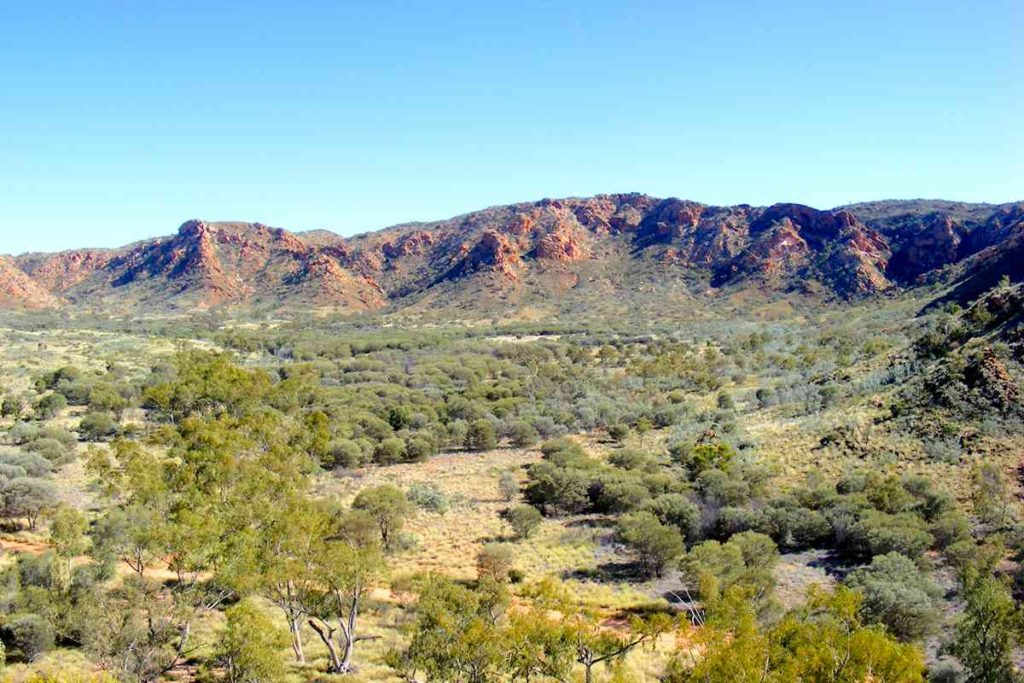
Interestingly, the local Aboriginal story of the creation of the crater also reflects its cosmic origins. They say Celestial women were dancing across the sky as the Milky Way and one placed her baby down. The baby fell out of the sky and hitting the ground, forced the rocks up as we see them today. The child’s parents, the evening and morning star, still search for their lost baby to this day.
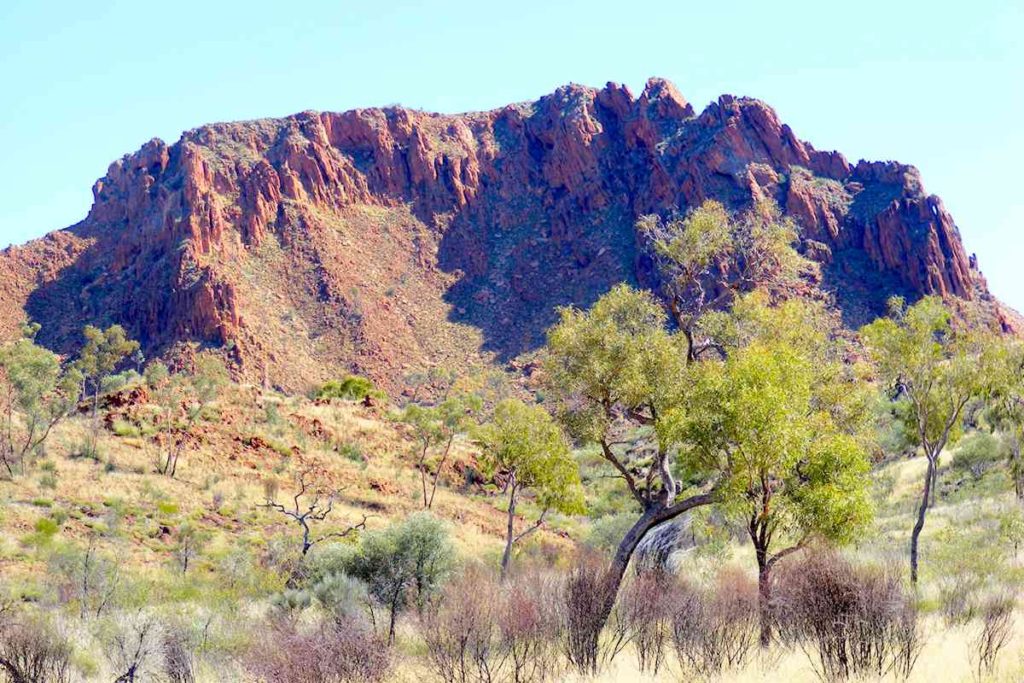
This is an amazing and a very sacred place and a beautiful place to visit.
Henbury Meteorite Craters, Central NT

Named for the cattle station where the craters are located, they were ‘discovered’ in 1899 by the station manager.
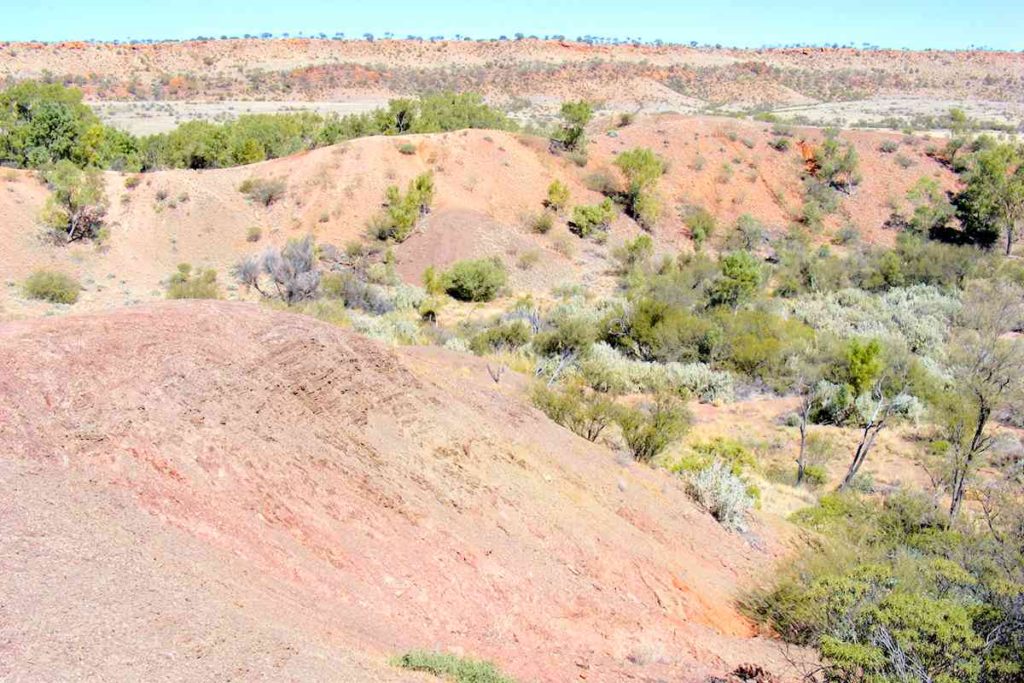
There are 12 (or possibly 13 or 14) craters at Henbury and this apparently indicates the main body of the asteroid broke up into several chunks in the atmosphere before it impacted. The largest crater is 180 metres in diameter and around 15 metres deep but most are much smaller.
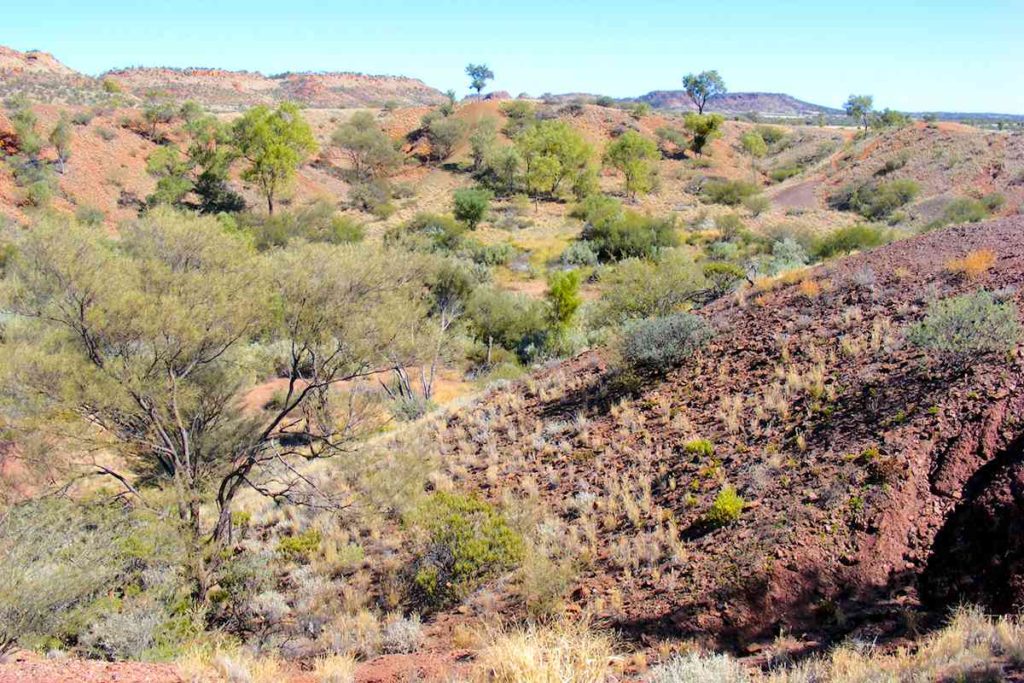
These impacts occurred around 4,500 years ago. This is a very sacred Aboriginal site and their stories reflect their memory of the event. They tell of the “fire devil” that came from the sun and out of fear, they would not camp near the craters or drink water that collected in them.
Boxhole Meteorite Crater, Central NT
Only around 5,400 years old, this young crater is about 170 metres in diameter and 16 metres deep.

Located on what was Boxhole Station (now named Dneiper Station), the crater was known to station workers and first shown to outsiders in 1937.
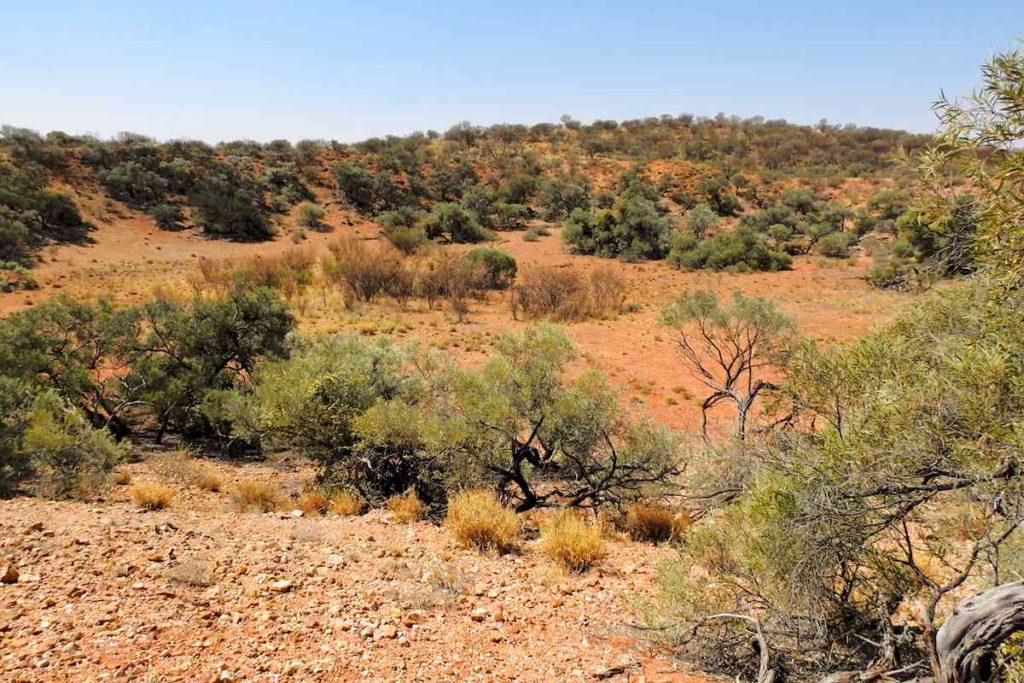
The meteorite pieces found in this crater was very similar to the fragments discovered at Henbury, located about 400 km to the southwest of here.
Dalgaranga Meteorite Crater, Central WA
This is the smallest known impact crater in Australia, at only 21 metres in diameter and around 5 metres deep. The object that created this little crater probably hit about 3,000 years ago.
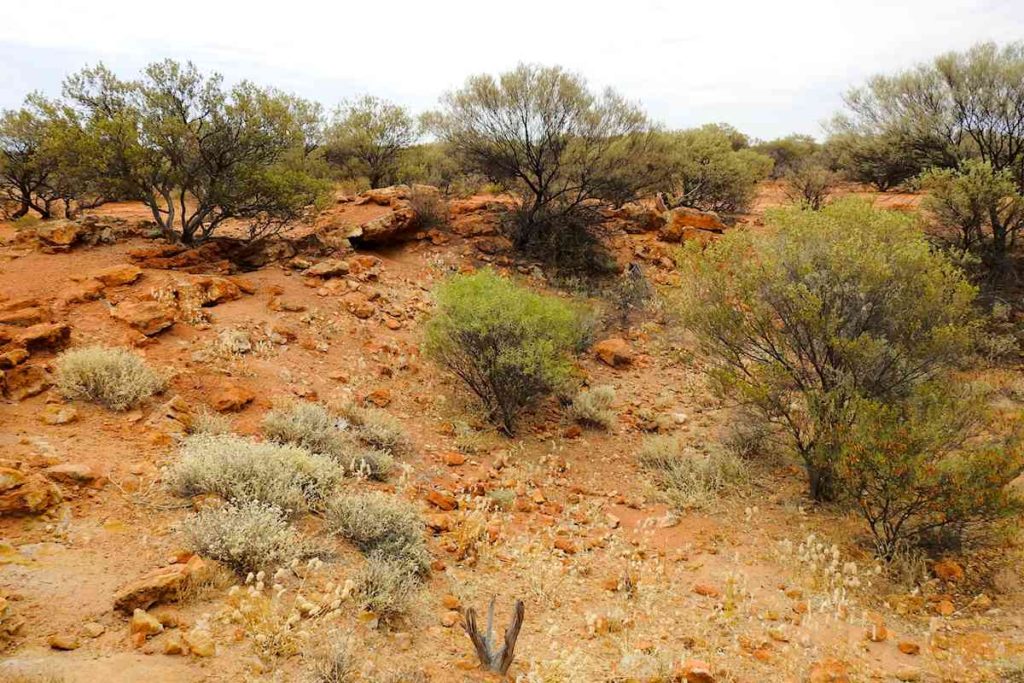
Because the eastern side of the crater is higher than the western, the object probably impacted from the west.
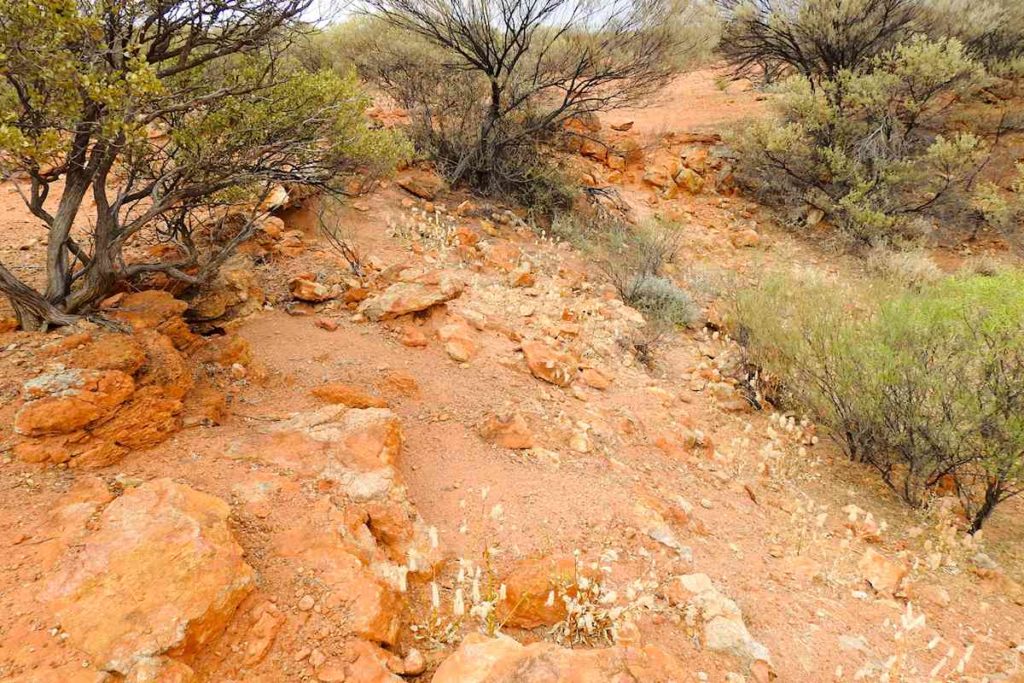
The crater was discovered in 1920 when, during a cattle muster on Dalgaranga Station, Aboriginal stockman Billy Steward nearly rode into it at full gallop.
Wolfe Creek Meteorite Crater, North WA
Standing on the rim it is amazing to envisage the sheer size and grandeur of this place. This crater is well preserved and impressive, at 875 metres in diameter and 60 metres deep.
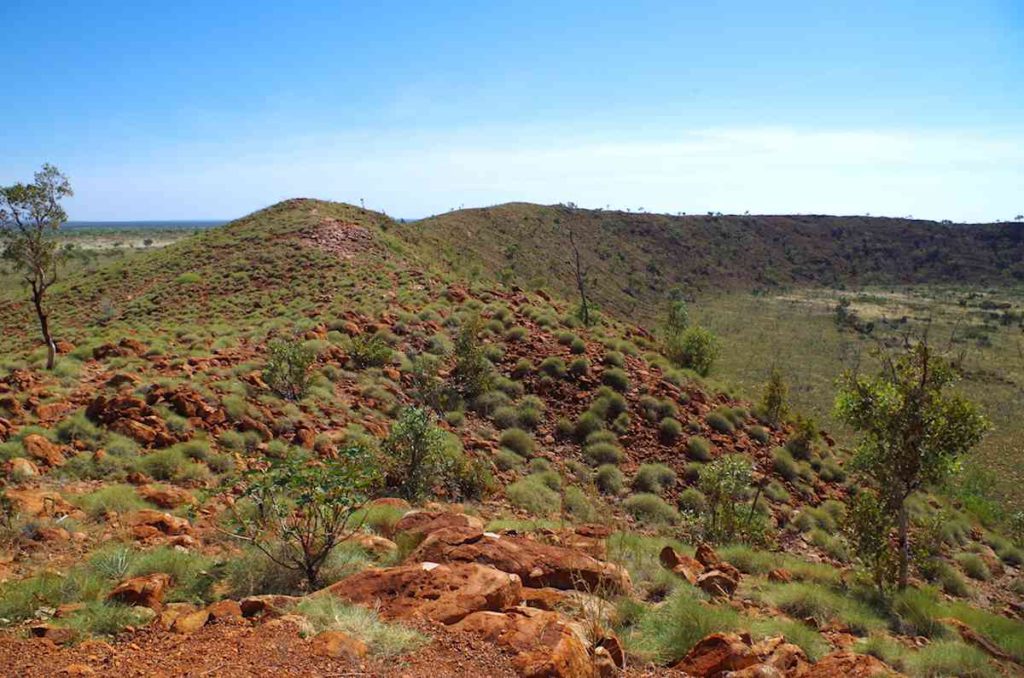
They reckon that around 300,000 years ago, a meteorite weighing about 50,000 tonnes crashed to earth here. It is supposed to be the second largest crater in the world where meteorite fragments were found (after the giant crater in Arizona).
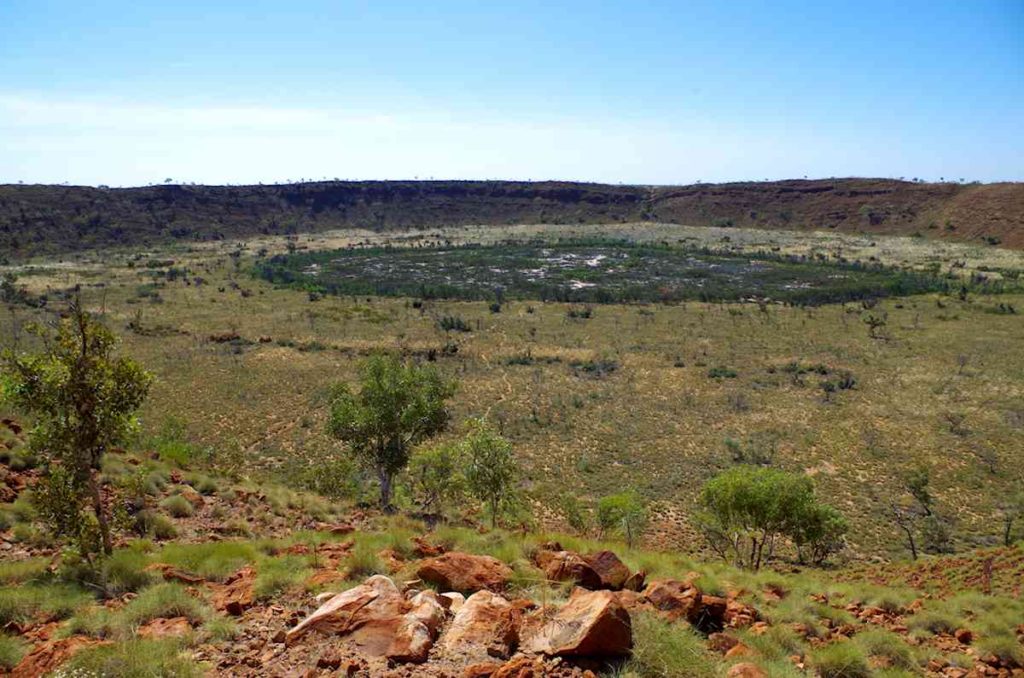
The crater was only ‘discovered’ during an aerial survey in 1947, but has long been known to the local Aboriginal people.
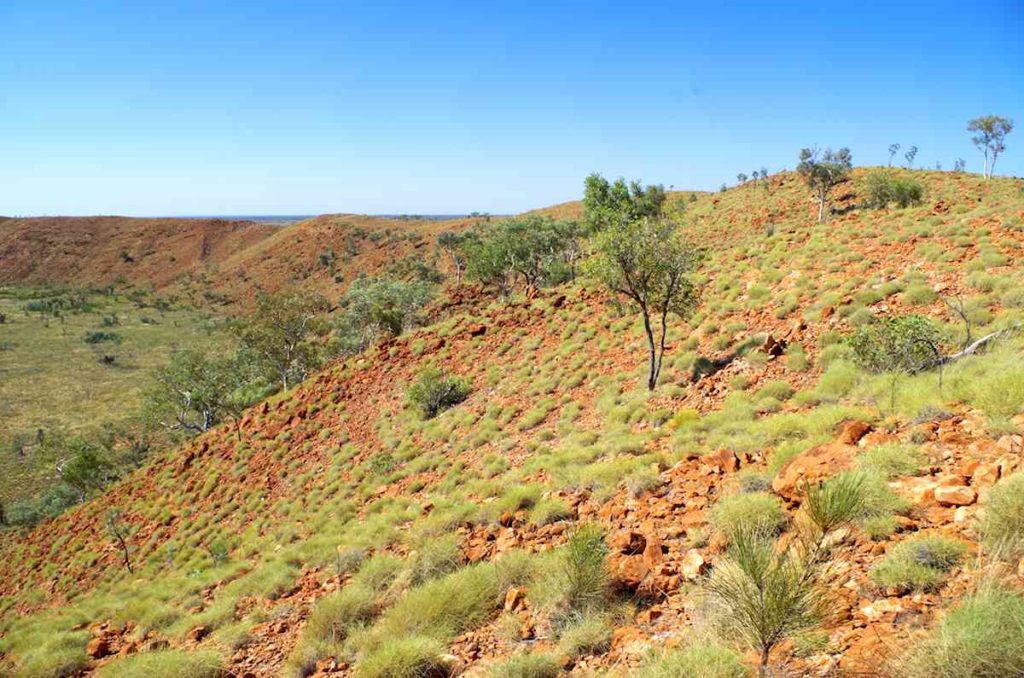
They call this place Gandimalal. Their Dreamtime stories tell of a rainbow snake named Karlputa, who emerged from the ground here, forming the crater rim. The centre of the crater is salty because Karlputa came from the sea and the snake is still here, lying under the ground.
Great Creek Names
There are plenty of Sandy and Rocky Creeks around, even if they are not flowing with water. But if you take a moment to notice, you realize that many outback creeks have fascinating names.
South Australia has many amazingly named creeks, including Wywhyana, Balcoracana, Nudlamutana, Goorkikianna and Bungadillina Creeks.
There is also Nillinghoo, Kirrawadinna, Poongalassie, Doongoonarra and Cannawalkaninna Creeks.
Many of these are encountered in the outback and reflect the local Aboriginal names for watercourses.
Tinta Din Tana Creek may not run with water very often, but when it does it flows into Lake Eyre.
My absolute favourite creek to cross is Wergowetangerilinna Creek. Quite a mouthful to pronounce, this creek is in outback SA and I believe the name translates to Old Woman Creek.
I have also crossed Dripie and Fizzer Creeks and another personal favourite in south-west Queensland, Motorcarbreakdown Creek – I guess there’s no points for guessing how this was named?
I wondered who Big Nellie was, to have a creek named after her; and while I know I crossed Lost Creek, I couldn’t see any sign of a watercourse anywhere, so maybe it really is lost!
Breakfast Time Creek was spanned by the old Ghan railway line, but the name of this waterway comes from an earlier time. Before the rail, bullock-drivers rested here to eat their breakfast. There are a couple of Blackfellas Creeks, usually named for the Aboriginal people who camped in the area. Skull Creeks and Battle Creeks reflect our history and are often sad reminders of the outcomes of clashes between Aboriginal people and early European settlers.

